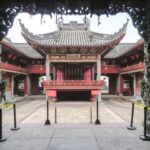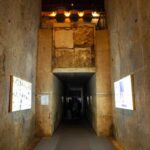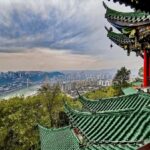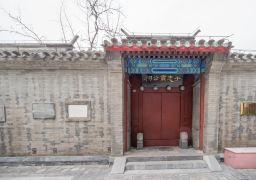Wu Gong Temple is located at the southeast corner of Wu Hill. During the Spring and Autumn period, Wu Zixu, a loyal minister of the Wu State, was slandered and killed for his honest advice. In his memory, the people built a temple to worship him, which has been standing for over two thousand years. Throughout history, Wu Gong Temple has been destroyed and rebuilt multiple times. The current temple, a legacy from the Qing Dynasty, is a cultural heritage site in Hangzhou. After renovation, Wu Gong Temple features a residential-style architecture, covering an area of 844 square meters, with a complete layout consisting of the Horse Gate, the Imperial Fragrance Hall, and the Sleeping Hall in three sections. On both sides of the Horse Gate stand the records of the temple’s reconstruction and an introduction to Wu Gong Temple. The Imperial Fragrance Hall is adorned with four line-engraved ancient diagrams. The side rooms exhibit 12 comic strips depicting the life story of Wu Zixu. The central shrine in the main hall houses a round-sculpted and painted statue of Wu Zixu made from camphor wood, with a camphor wood carving of an ingot seat in front of the shrine, and on both sides stand the sacrificial texts from six generations of Wu Zixu. In the middle of the Tide God Hall stands a bronze statue of Wu Zixu, the Tide God, on a stone-carved wave-style base, with a background of a deep-relief stone carving of ‘plain chariots and white horses.’ The hall is flanked by eighteen antique murals of Tide Gods. The overall style of Wu Gong Temple’s display is simple and grand, harmonizing with the architectural style and the surrounding environment. The temple is open all year round from 08:30 to 16:30, with specific business hours subject to the day’s opening status.
Wu Gong Temple
Wu Gong Temple is located at the southeast corner of Wu Hill. During the Spring and Autumn period, W[...]









